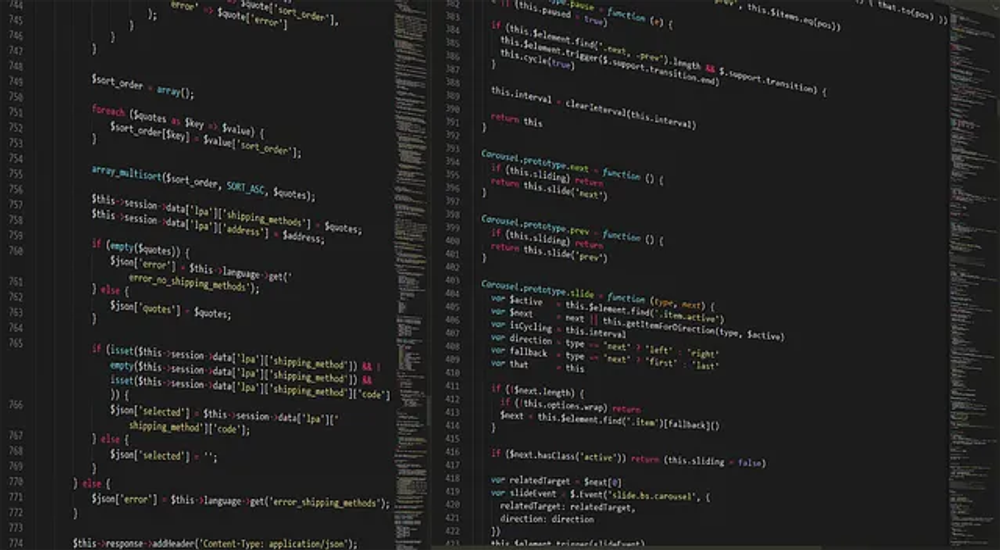The Vital Role of Container Registries in Modern Software Development

Container Registries are repositories that manage container images — complete, executable versions of software that encapsulate everything needed to run an application, from code and runtime to system tools, libraries, and settings. This article delves into the multifaceted benefits of container registries, illustrating their crucial role in streamlining development, enhancing security, and optimizing deployment strategies within DevOps practices.
Core Functions of Container Registries
Robust Storage Solutions
At their core, container registries act as secure vaults for container images, preserving various versions and enabling efficient workflows. Developers can upload (push) images from their local machines to these registries or download (pull) images to deploy across production servers or local setups. This capability is essential for facilitating rapid testing and deployment cycles.
Registries like Harbor, an open-source platform, go beyond simple storage by optimizing the retrieval and distribution of images across different environments, integrating advanced security features like vulnerability scanning and identity-based access controls.
Meticulous Version Control
Effective version control is a cornerstone of container registries, allowing developers to manage different software versions seamlessly. This system supports the deployment of various application versions and facilitates easy rollbacks to earlier states, enhancing both development pace and deployment reliability.
For a deeper dive, explore best practices in semantic versioning and tag management, with resources such as the Semantic Versioning Guide.
Comprehensive Access Control
In the high-stakes world of software development, securing intellectual property and application integrity is paramount. Container registries employ sophisticated access control mechanisms that regulate who can view, modify, or download a container image.
Tools like Portus extend these capabilities with policy-based governance and detailed security features.
Seamless Integration with Orchestration Tools
Container registries are engineered to integrate effortlessly with leading orchestration tools like Kubernetes, enhancing the automation of application deployment, scaling, and management. This integration is pivotal for the seamless operation of containerized applications in production settings. Kubernetes’ Automating Deployments guide is a valuable resource for understanding these processes.
Docker Compose is another powerful tool for defining and running multi-container Docker applications. It simplifies the process of managing complex container setups and is often used in conjunction with container registries for streamlined deployment.
Advanced Security and Automation Features
Advanced Scanning and Security
To maintain a secure development lifecycle, many registries include sophisticated scanning capabilities that detect vulnerabilities and other security flaws within container images. Tools such as Clair and Anchore offer in-depth image inspections and compliance tracking, crucial for upholding security standards.
CI/CD Automation
Automation is a cornerstone of modern software development, and container registries play a critical role in the integration into CI/CD pipelines. This integration facilitates automated builds, tests, and deployments, significantly reducing manual efforts and enhancing reliability.
CI/CD tools like Jenkins and GitLab CI leverage container registries to streamline software delivery processes.
For a more lightweight approach, GitHub Actions can also be used to automate workflows directly from GitHub repositories to container registries.
Prominent Container Registries
Various platforms provide specialized container registry services tailored to specific needs and ecosystems. Some of the key players include:
- Docker Hub: Popular for its ease of use and comprehensive management features.
- GitHub Container Registry: Ideal for those embedded within the GitHub ecosystem.
- Google Artifact Registry (GAR): Known for its robust integration with Google Cloud services.
- Amazon Elastic Container Registry (ECR): A fully-managed service offering seamless integration with AWS.
- Azure Container Registry (ACR): Supports both Windows and Linux containers and integrates tightly with Azure services.
Exploring user reviews and comparative analyses can shed light on the unique features and advantages of each platform.
Conclusion
Container registries are indispensable in the efficient and secure deployment of applications in today’s containerized world. By fully leveraging the capabilities of these repositories, developers can streamline their workflows, enhance security measures, and optimize deployment strategies, ultimately accelerating the pace of software delivery and ensuring robust application performance.